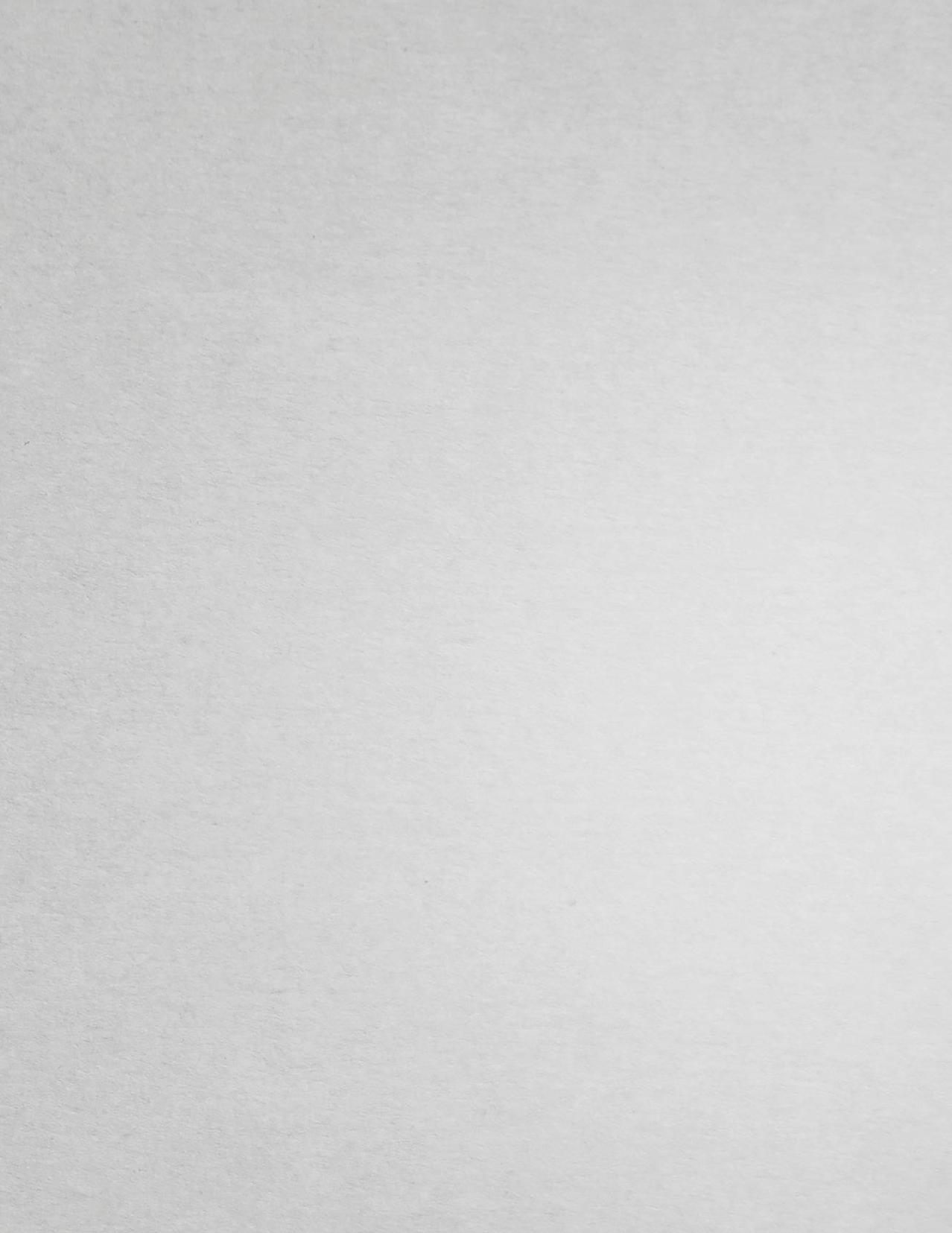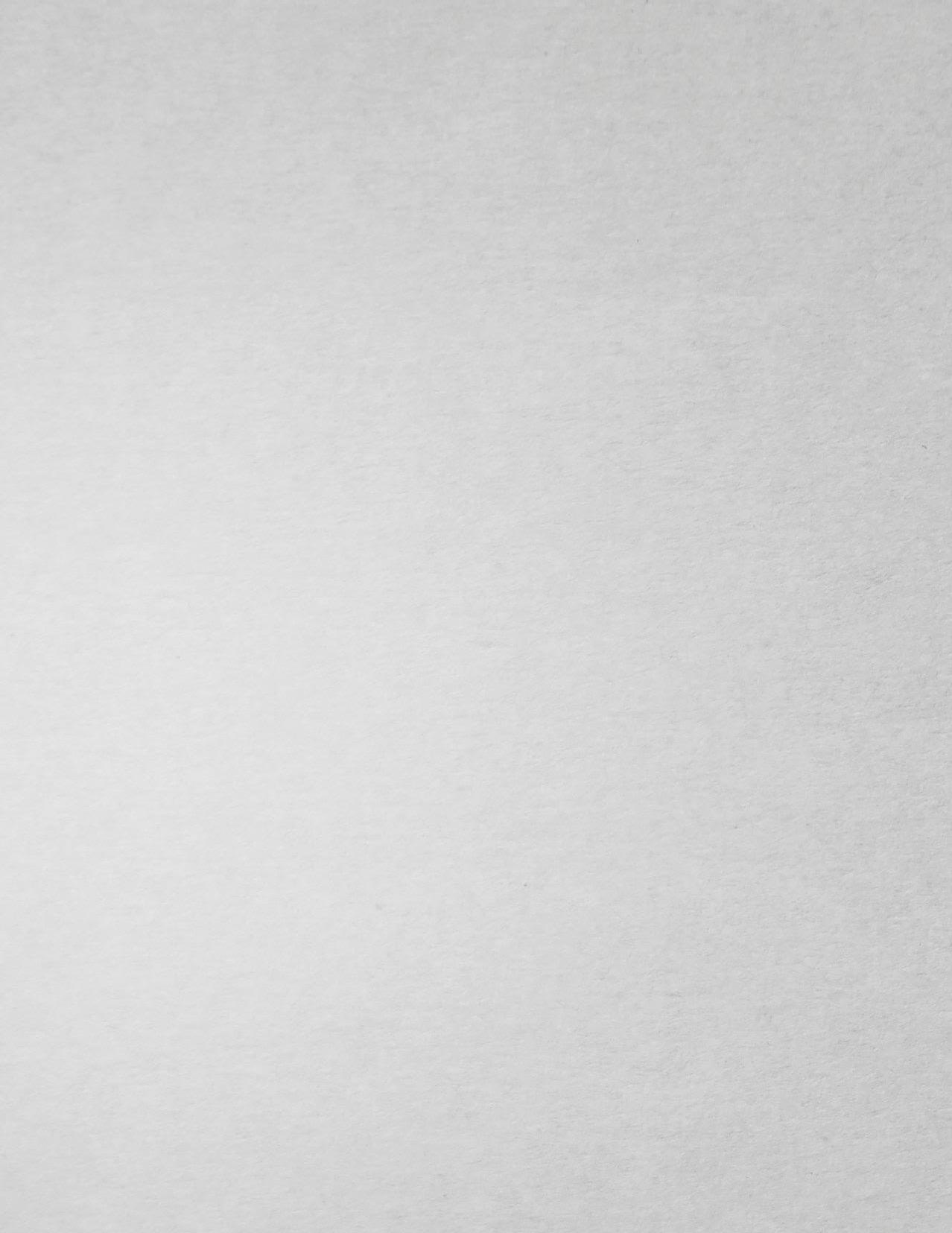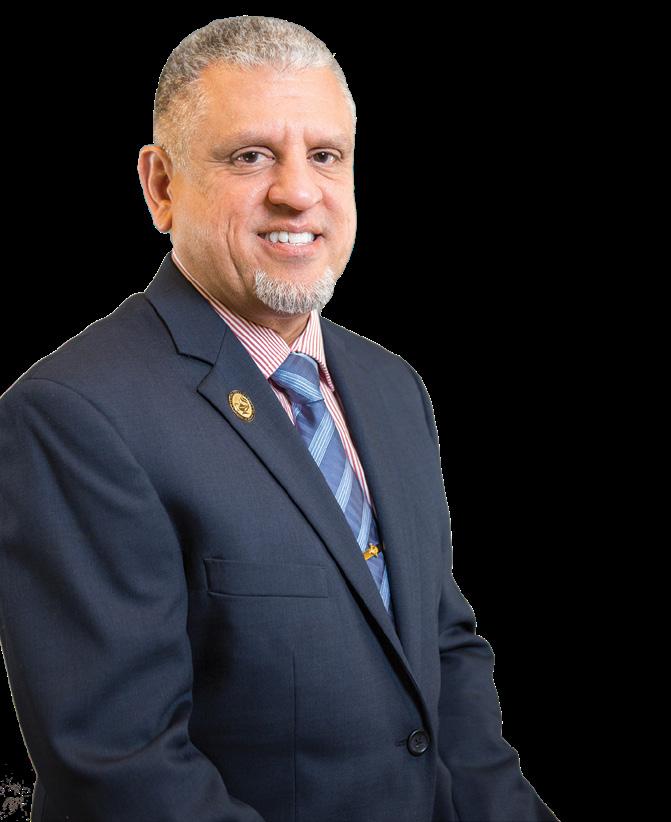
7 minute read
Unique Nursing-Engineering Collaboration Equals Patents
THE
MOMENT
Advertisement

KNOWLEDGE + COLLABORATION + TIME TO THINK EQUALS WINNING INNOVATIONS
Great ideas that help patients, such as touching an isolated COVID-19 patient via an app and a simulator to help nurses learn how to treat wounds, are the fruits of reflection and a unique nursing-engineering collaboration.
Some of the best ideas come when the mind can wander, process new knowledge, and connect dots that don’t obviously seem to belong together.
For computer scientist and engineer Gregory Welch, the AdventHealth Endowed Chair in Healthcare Simulation in the College of Nursing, some of his biggest “aha” moments occur at times of reflection, for example while riding his bicycle along a Central Florida bike trail.

Put another way, the kind of creativity that leads to innovation that makes a big impact, comes from giving the brain time to cook an idea. Welch should know. Since arriving in 2011, he’s led or co-led 10 ideas or products that have eventually been granted patents and which the UCF Technology Transfer Office is working to license to companies.
COVID TOUCH
One of his latest innovations was the result of thinking about conversations with several nurses and reflecting on some of the heartfelt stories he saw about people who couldn’t visit or touch family members who had contracted COVID-19 and were isolated in hospitals or nursing homes.
He realized maybe he could change that. In collaboration with Computer Science Associate Professor Ryan McMahn and others, he developed ideas for Low Latency Tactile Telepresence, for which UCF received a patent in August. Welch and McMahn have also assembled a team of National Science Foundationsupported undergraduate students to develop a working prototype and advance the ideas.
The prototype they built works like this. Imagine using a virtual connection to see a hospitalized loved one and then swiping the screen in a particular spot. The swipe would translate into a computer command that would travel across the internet and generate a caress on the patient’s forehead via a tactile headband.
UCF’s Technology Transfer Office is now looking for companies that may want to license this technology, continue some research and development, and eventually bring it to market.
— Svetlana Shtrom, Director of UCF Technology Transfer ”

FINANCIAL SUPPORT
Fuels ideas from the free time to think to the ability to act on them
RECEIVED
Identify an Opportunity
From working at the bedside, nurses identify opportunities to improve patient care. While in a lab, computer scientists and engineers identify new technology opportunities.
Collaborate on an Idea
An idea forms from crossdiscipline interactions where nurses share needs (top-down thinking) and technology experts share tools that may help (bottom-up thinking).
Develop the Idea
Collaboration continues as scientists, engineers and nursing experts bring the idea to life, where it evolves from drawings to prototypes, to testing.
Patent and Pitch Innovation
Work with technology transfer and legal teams to patent the invention, and present to industries and partners to license the technology and bring it to market.

EXPERTISE AND COLLABORATION
For Assistant Professor Frank Guido-Sanz, practical experience and collaboration is the way to get an idea to the place where it can make a difference for patients.
A member of the National Disaster Medical System Trauma Critical Care Team, GuidoSanz has collaborated with Welch on several projects that have led to two patents for UCF. The patents are for a simulator that teaches healthcare providers how to treat wounds.
Wounds, historically, are created in training scenarios using moulage (molds and makeup) on manikins, which has limitations. “This new wound technology allows us to improve training by making scenarios more realistic,” said Guido-Sanz, who also works as an acute care nurse practitioner at a Miami hospital.
“By incorporating sensors and actuators into the moulage, we are able to make the simulated wounds provide multi-modal sensations,” said Welch. “For example, the person in a training scenario would see a wound bleeding through augmented reality. When they apply pressure to the wound on this device, they would feel something wet and a pulse. The simulator would ‘feel’ the pressure and in response, the simulated patient’s blood pressure would improve.”
The device is portable and could be attached to a leg of a manikin, task trainer or standardized patient (actors trained for healthcare simulation scenarios). The technology, which can easily place a wound in locations all over the body and at varying degrees of severity, has wide-reaching potential, from nursing and medical school to military combat training.
It all began from a conversation. “We had been in a meeting together on a different topic, and had time afterward to talk and brainstorm ideas,” said Guido-Sanz. One of the many benefits of having the computer scientist in the college – the time and opportunity for nurses to brainstorm together with the technology expert on how to take an idea to an innovation.

Guido-Sanz said a goal for producing this type of technology is to make it available to the population-at-large for the most impact. Once there is an idea, he collaborates to provide his area of expertise to refine the concept and eventually, submit the patent paperwork. The real power is in developing critical knowledge from experience and sharing it with others who have talents or knowledge that can complement it. Because of the role nurses play in healthcare, they are critical to the development of innovations that can improve patient care, he said.
Nurses, Guido-Sanz added, are the “eyes and ears” for computer scientists and engineers, like Welch. “We are at the bedside with patients and in the hospital systems where we can identify needs, and ask ‘how can we make this simpler, better, more operational, or more functional’,” he said.
“Nurses continue to pursue innovations that benefit communities, contribute to closing socioeconomic health disparities and inequities, and advance nursing science,” he said. “Nursing’s reach and impact are beyond healthcare. Interprofessional collaboration is pivotal to these efforts. A profession whose overarching aims are so broad, touching many lives in many ways, cannot remain in a silo. Not in this century.”
Both inventors say that the best inventions come from solving problems that revolve around people and improving their life in some way.
PATENTED IDEAS

Endowed Chair and computer scientist Gregory Welch holds
18 patents to-date, 10 of which were granted since joining UCF in 2011. Many of these patents are focused in healthcare and were created in collaboration with UCF nursing faculty.
Among the patented inventions are the low latency tactile telepresence, and the wound simulator with nursing co-inventors Frank GuidoSanz and Mindi Anderson (see above). He also holds three patents for an innovative physical-virtual patient bed system, which brings humanity to simulation. Nursing co-inventors on those patents are
Kelly Allred, Karen Aroian, Mary
Lou Sole, and Steven Talbert.
Diagram above courtesy of Salam Daher ’18PhD in Modeling & Simulation * Inertial Measurement Unit (IMU)








